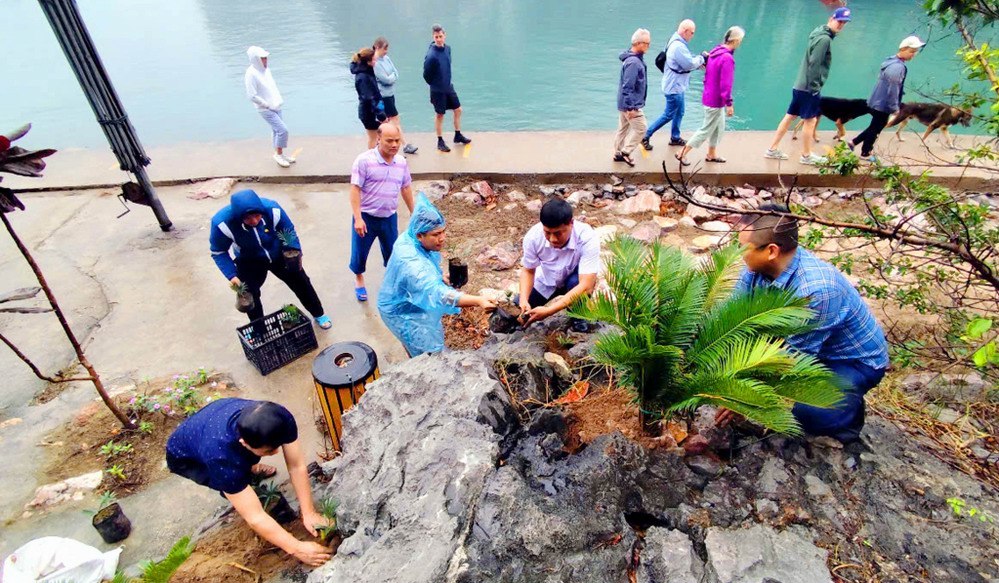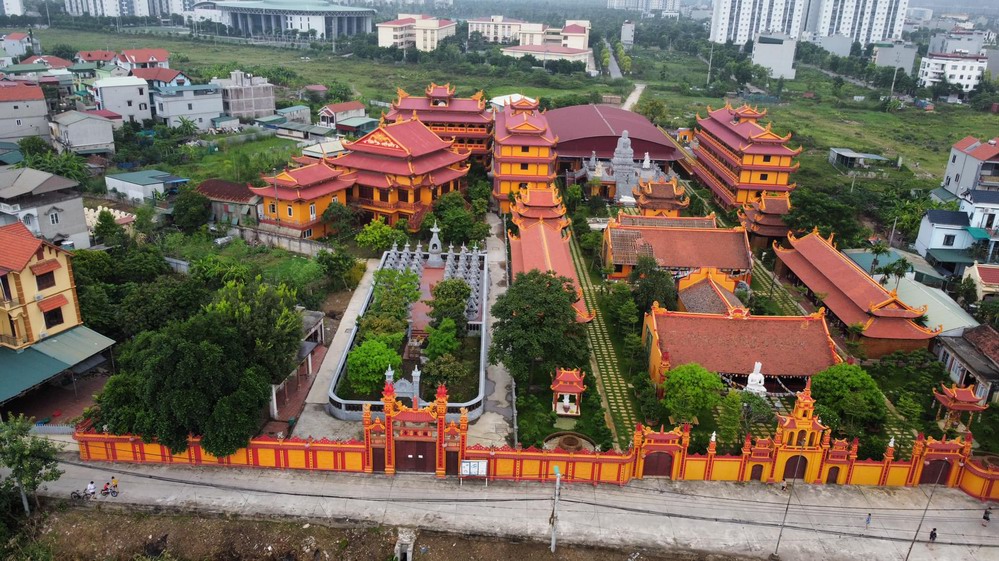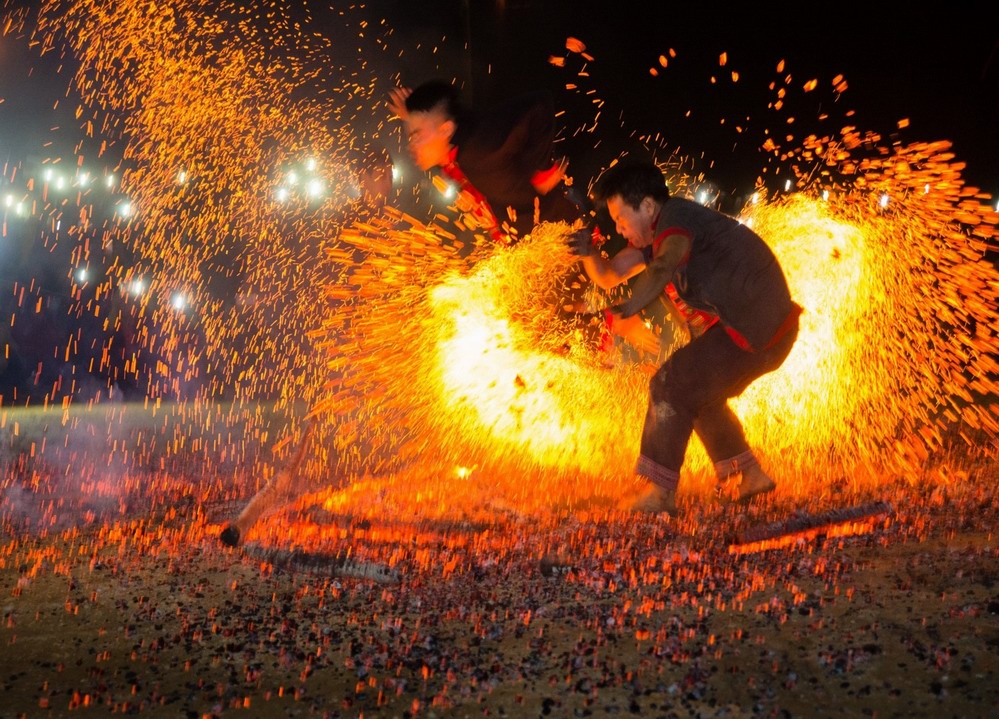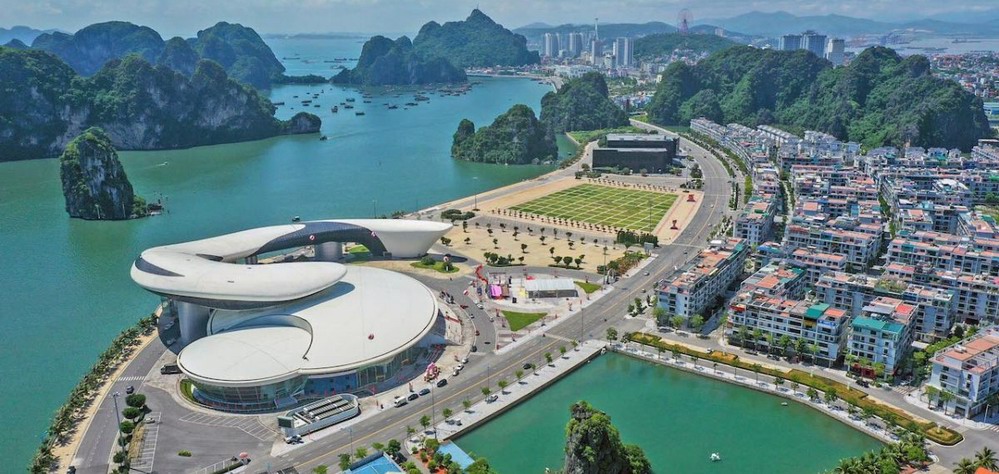Bac Me district in Ha Giang is a tourist destination that you should try once. When you come here, you will have the opportunity to explore impressive beauty and have unforgettable experiences! - Ha Giang loop tours
Overview of Bac Me
Bac Me is a small district located in the East of Ha Giang province, this place is favored by nature with both poetic and majestic beauty and has great potential to develop into an attractive eco-tourism area.
Although located in a famous tourist area, Bac Me is not well known because it is quite far away and difficult to get to. But that is why this place has created an irresistible attraction for travel addicts who love to explore new things.
Bac Me has a natural land area of up to 864.28 km2, this is the place where 13 ethnic minorities live such as Tay, Mong, Dzao... Because of the diversity of culture and identity, it has created a special attraction for the rocky plateau land.
How to get to Bac Me
The road to Bac Me Ha Giang is about 60 km long, you will pass through many fields, mountains and forests and listen to the chirping of birds. To get to Bac Me, from Ha Giang town, you go straight up to Dong Van Stone Plateau, then pass Lung Cu Flagpole, to Meo Vac and then continue along the road from Meo Vac to Bac Me.
After visiting Cang Bac Me, you can take a boat trip on the poetic and majestic Gam River and return to Ha Giang city in a circle. This journey promises to bring you extremely interesting and new experiences.
Attractions in Bac Me
Cang Bac Me: Coming to Bac Me, you cannot miss the historical site of Bac Me Camp in Yen Cuong commune, built by the French army before 1939, with the purpose of controlling the entire traffic route connecting the three provinces of Cao Bang, Ha Giang and Tuyen Quang. In French, the word "camp" means barracks, military post. By 1939, the construction of Bac Me Camp was completed, including a system of information houses, prisons, watchtowers, etc.
Not only does Cang Bac Me have a lot of historical significance, but the quiet scenery covered with moss makes the scenery here even more loved by tourists. The ancient and wild beauty is the unique feature of Cang Bac Me that you can only find in Bac Me.
Gam River in Bac Me
Unlike the historical site of Cang Bac Me, Gam River has a gentle, poetic beauty, creating a sense of peace. Between the two sides of the mountains, Gam River appears like a green bow embracing the three provinces of Ha Giang, Cao Bang and Tuyen Quang, all creating a charming landscape.
Gam River still has the characteristic green color of Ha Giang rivers, but is not as dangerous as Nho Que River, Gam River flows gently and smoothly. Therefore, this place has become an ideal place to organize cultural, sports and experiential tourism festivals. From September to April of the following year, the annual flood season, Bac Me often organizes river god worship festivals, rain praying festivals, raft racing festivals... And this is also the ideal time to visit.
Eating in Bac Me
In addition to famous tourist destinations, Bac Me is also a land that preserves many traditional crafts such as brocade weaving, wine making... First of all, we must mention a famous specialty dish in Bac Me, which is Bac Me bamboo rice.
Bamboo rice is made from a delicious, plump, and carefully selected variety of sticky rice. Before being cooked, the rice is soaked several times in water with a little salt. Then it is put into a bamboo tube, covered with banana leaves, and placed on a charcoal stove to cook.
When the rice is cooked, a fragrant aroma will spread out that will make you want to taste it immediately. The moderate softness of the rice combined with the aroma of bamboo creates a strangely attractive Bac Me sticky rice dish.
Brocade weaving - Traditional culture of Tay people in Bac Me
If you come to Bac Me, don't forget to visit the stilt house of the village chief of Ban Tan, Phu Nam. Here, you will easily see the image of nimble, skillful hands weaving to create high-quality, beautiful brocade items of ethnic people.
The materials used are dyed silk threads and indigo-dyed cotton threads. The process from dyeing to weaving is done entirely by hand without any involvement of technology or machinery. The extremely beautiful brocade fabrics woven are always loved by tourists.
Some useful tips when traveling to Bac Me
- Best time to visit Bac Me is autumn and spring. Because the weather at this time is not too cold, there is little rain and the scenery is very beautiful.
- Hotel services in Bac Me has not really developed, so accommodation here is still quite limited. Therefore, most tourists visit and admire the beauty of Bac Me within just 1 day.
With its unspoiled nature and diverse ethnic culture, Bac Me is definitely an extremely interesting tourist destination that you cannot miss. Get ready to enjoy a trip to explore this beautiful land!
Source: https://hagiangtraveltour.com/news/visit-bac-me-a-remote-and-majestic-land-in-ha-giang.asp




